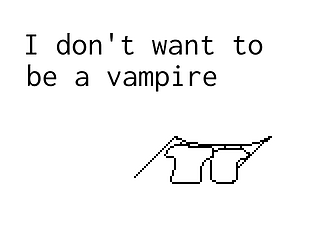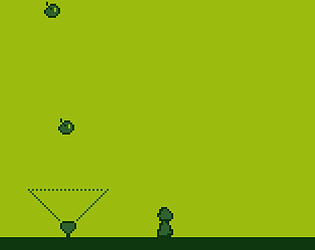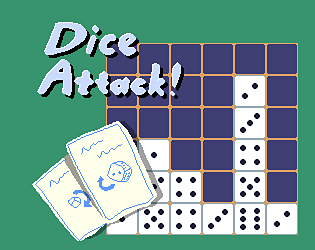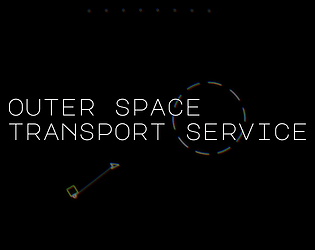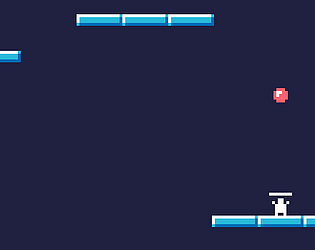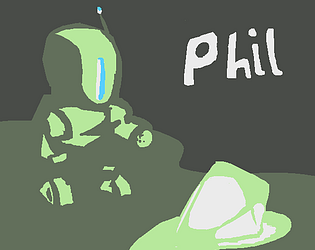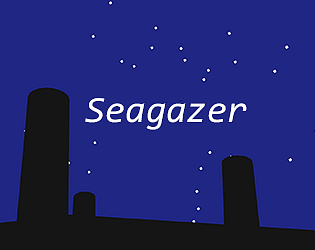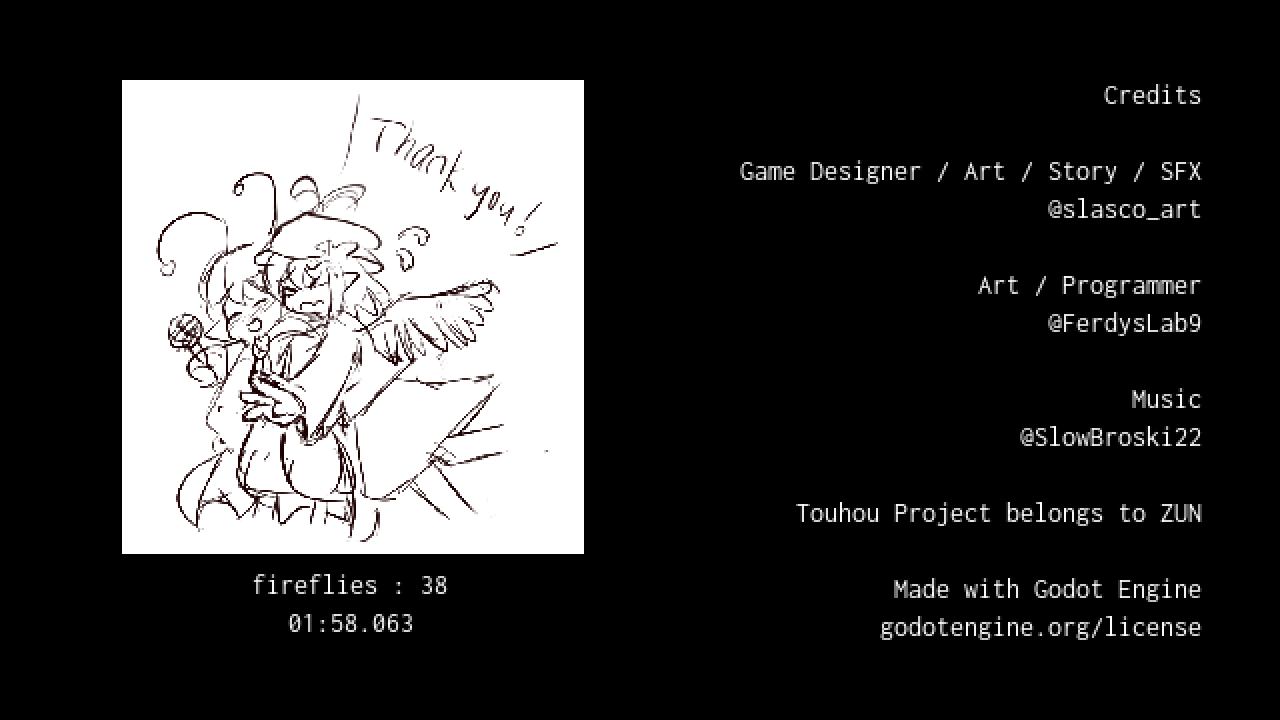really creative concept, I like it a lot.
love the frantic few seconds it takes me to look down at my controls and figure out which button does what I want
can imagine some high-level strats. like coordinating two hands at the same time. but I'm not good enough yet for that lol


